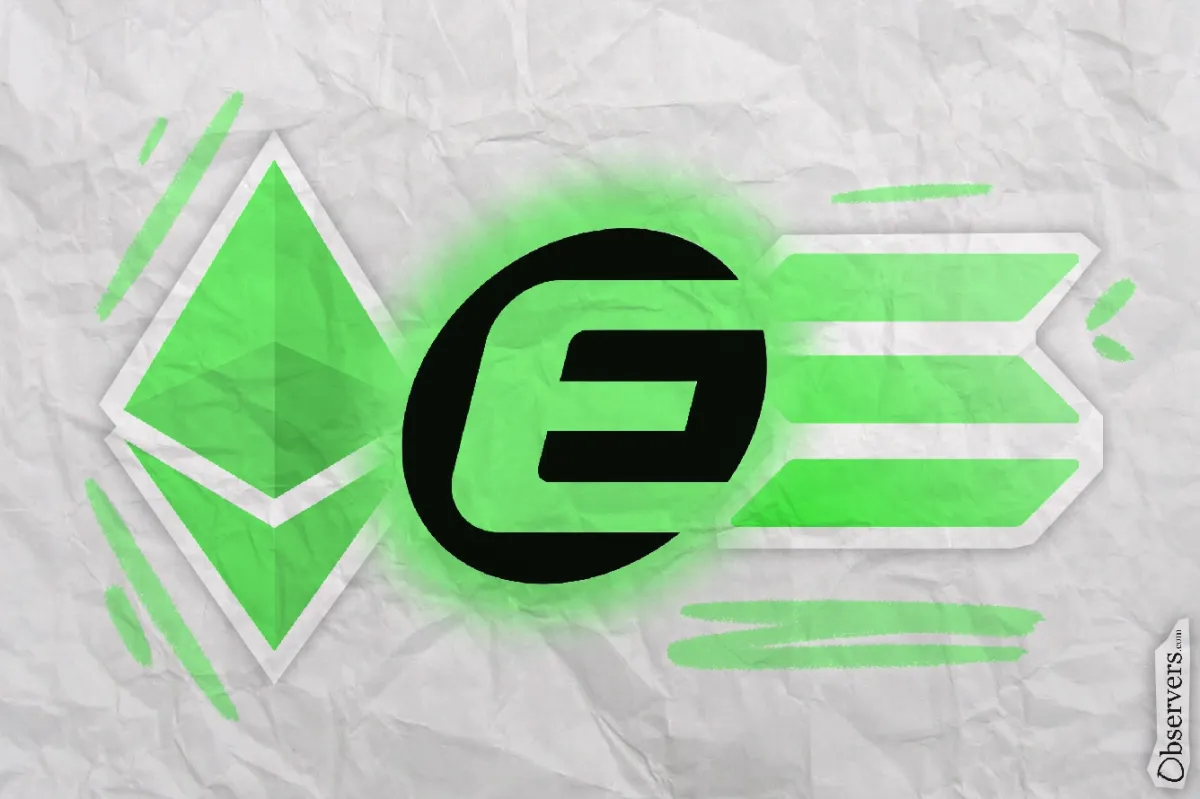
Eclipse, the pioneering Layer 2 network that merges the advantages of both Solana and Ethereum, recently announced the launch of its mainnet. This event was highly anticipated, as Eclipse is the first blockchain to integrate the two most popular smart contract networks into a single chain.
Eclipse Layer 2 combines the best elements of the modular stack and is truly an Ethereum L2 network, settling on Ethereum and using ETH as its gas token. However, unlike other popular L2s that use the Ethereum Virtual Machine (EVM), Eclipse utilizes the highly efficient Solana Virtual Machine (SVM), which has proven to be significantly more effective. This enables users to easily deploy Solana dApps on Eclipse.
According to its developers, the advantage of SVM lies in its parallel execution capabilities. While the EVM processes transactions sequentially, SVM can execute transactions in parallel, making it much more efficient. For over a decade, single-threaded performance improvements have stagnated, while parallel transaction processing has emerged as a means to enhance performance.
To further improve performance, the network employs Celestia for scalable data availability and RISC Zero for ZK proofs of fraud.
Notably, EVM dApps are still accessible on this chain. Neon EVM enables the deployment of EVM smart contracts on any SVM chain, ensuring full compatibility with the Eclipse Mainnet.
In essence, Eclipse aims to create a decentralized version of Solana. Solana has often faced criticism for its centralization, being more centralized than Ethereum. However, by settling on the highly decentralized Ethereum, Eclipse effectively addresses this centralization issue.
Since its launch, the network has received substantial support from developers. On day one, it integrated more than 60 dApps across various sectors, including DeFi, gaming, and consumer services. Several prominent Solana and Ethereum dApps, such as Orca, Renzo, EtherF, and Mango, announced their launch on Eclipse.
Thanks to its unique features, Eclipse has become one of the most talked-about blockchain projects of the year, raising over $50 million from investors. However, the project’s brief history has not been without controversy.
In May, the project’s co-founder and former CEO was removed from his position following sexual misconduct allegations that surfaced on social media. No charges have been filed against him.
Furthermore, the project faced accusations of allocating a portion of its supply to a partner at Polychain, its largest backer. This deal, which raised conflicts of interest concerns, was not properly disclosed. It seems the team withdrew from the arrangement after the information became public.
While these controversies cast a shadow over the project’s team, the ultimate success of Eclipse will depend on user adoption and whether the “Solana on Ethereum” narrative gains momentum. We will continue to Observe.

